A new theory akin to the second law of thermodynamics describes the motion of active biological systems ranging from migrating cells to traveling birds.
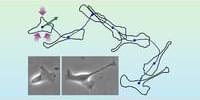

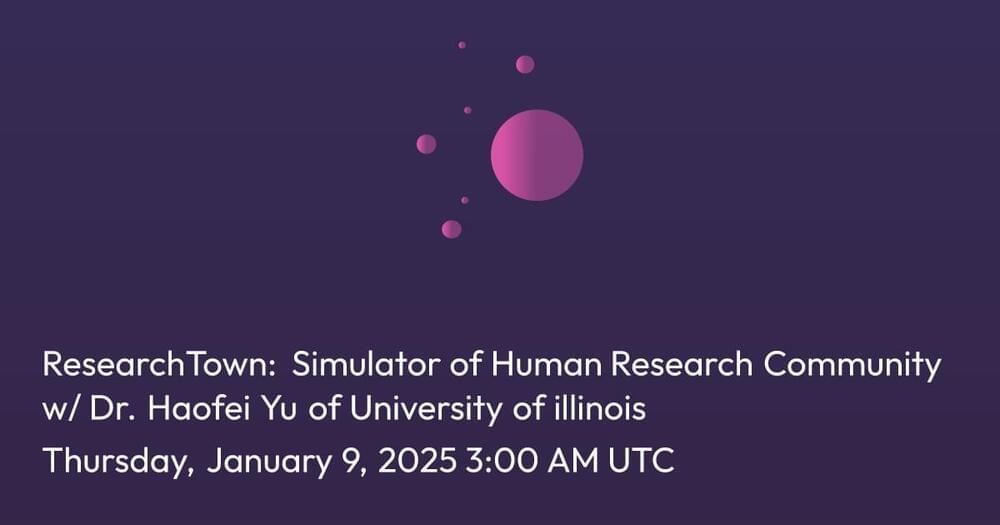
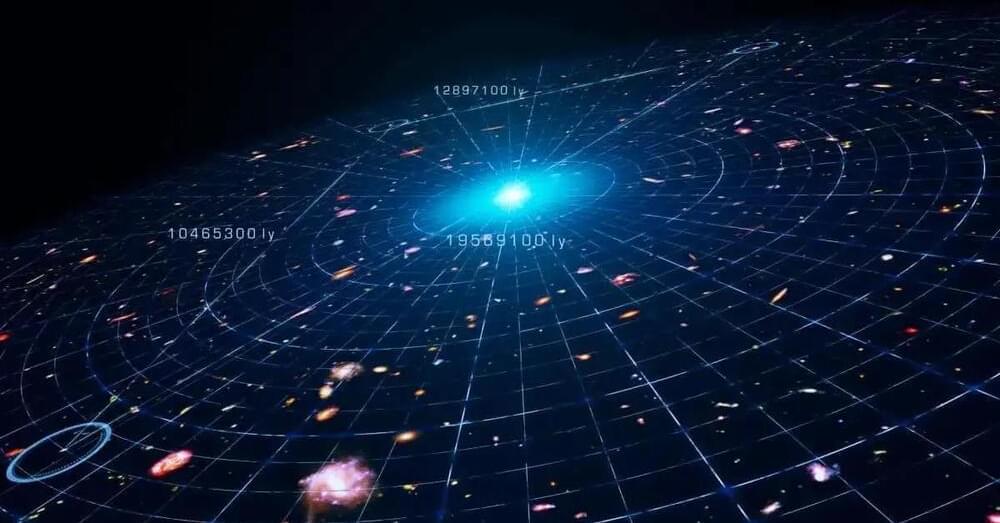
This idea stems from General Relativity, which shows that space and time are not fixed but dynamic and interwoven. Two key discoveries in the early 20th century solidified this understanding. First, Vesto Slipher observed that light from many nebulae was redshifted, indicating they were moving away. Second, Edwin Hubble measured distances to these galaxies and found that the farther they were, the faster they receded. This correlation, now known as Hubble’s Law, confirmed that the Universe is expanding.
Scientists often use analogies to explain this phenomenon. The “balloon analogy” imagines galaxies as coins on a balloon’s surface, moving apart as the balloon inflates. Another analogy is a loaf of raisin bread dough, where the raisins (galaxies) move apart as the dough (space) expands. However, these analogies fall short in some respects. Unlike the dough or balloon, the Universe doesn’t expand into anything; it’s all there is.
Observations suggest the observable Universe is only a fraction of a potentially infinite cosmos. While light from unseen regions will eventually reach us, expanding spacetime itself ensures galaxies continue moving farther apart. The theory of cosmic inflation suggests that our Universe is one “bubble” in a vast multiverse, though these regions remain isolated from one another.

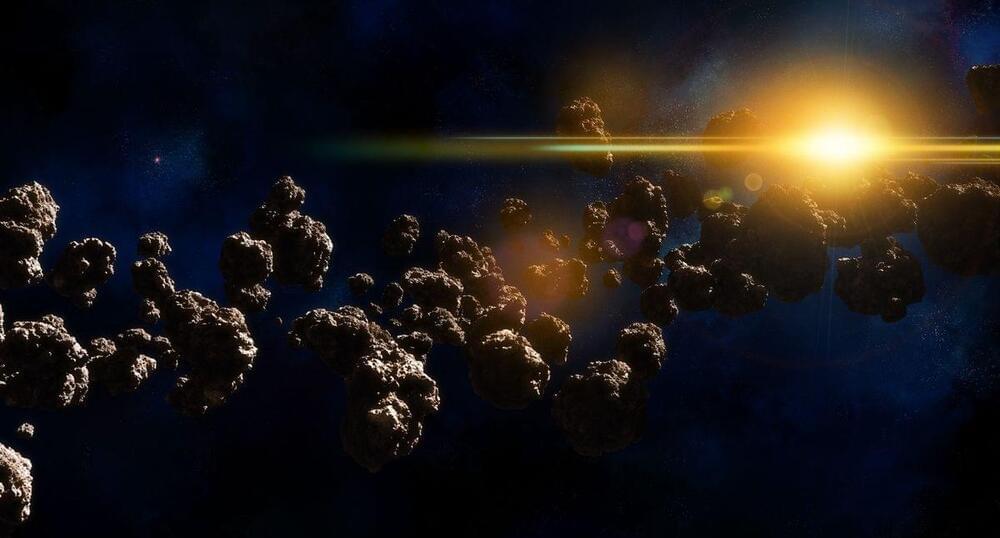

The size and spin of black holes can reveal important information about how and where they formed, according to new research.
The study, led by scientists at Cardiff University, tests the idea that many of the black holes observed by astronomers have merged multiple times within densely populated environments containing millions of stars.
The work is published in the journal Physical Review Letters.
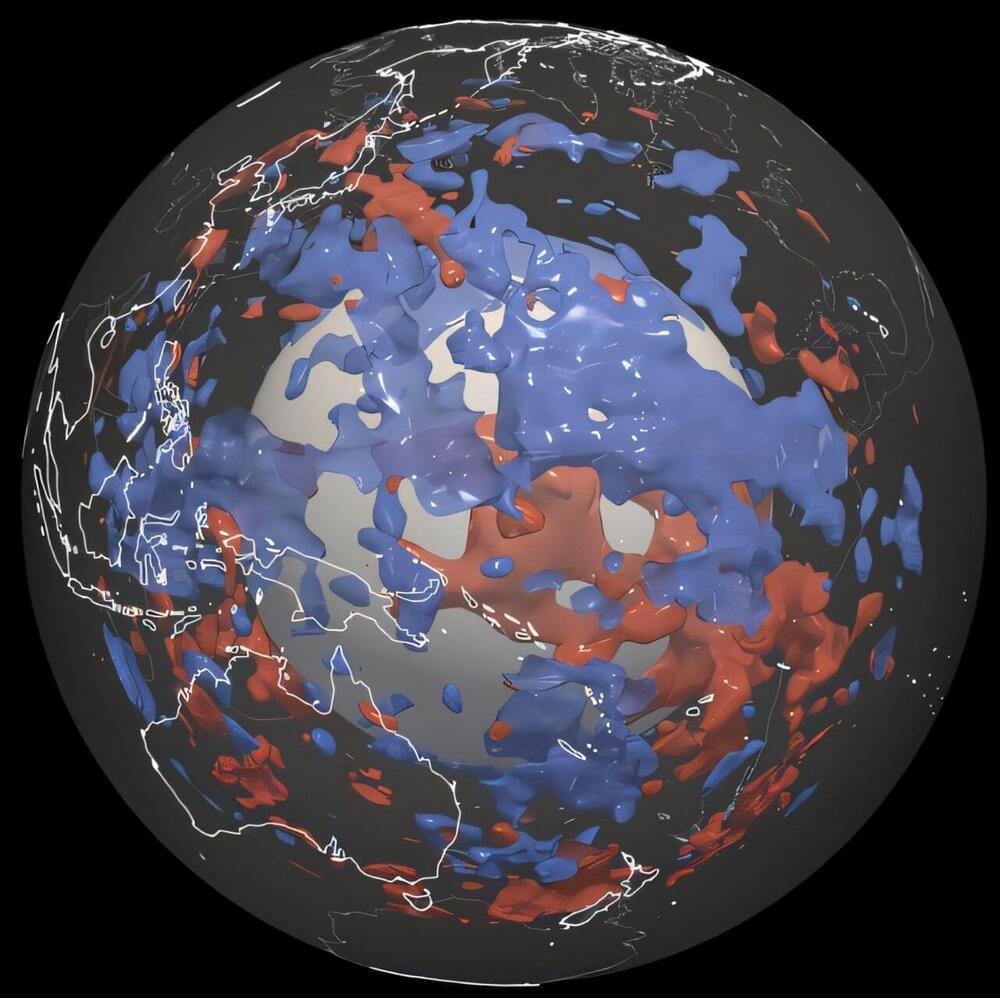
Geophysicists at ETH Zurich are using models of the lower mantle to identify areas where earthquake waves behave differently than previously assumed. This indicates the presence of zones of rocks that are colder, or have a different composition, than the surrounding rocks. This finding challenges our current understanding of the Earth’s plate tectonics—and presents the researchers with a major mystery.
No one can see inside the Earth. Nor can anyone drill deep enough to take rock samples from the mantle, the layer between the Earth’s core and outermost, rigid layer, the lithosphere, or measure temperature and pressure there. That’s why geophysicists use indirect methods to see what’s going on deep beneath our feet.
For example, they use seismograms, or earthquake recordings, to determine the speed at which earthquake waves propagate. They then use this information to calculate the internal structure of the Earth. This is very similar to how doctors use ultrasound to image organs, muscles or veins inside the body without opening them up.
Evolution of the iodine cycle and the late stabilization of the Earth’s ozone layer https://www.pnas.org/doi/10.1073/pnas.
If you like the smell of spring roses, the sounds of summer bird song, and the colors of fall foliage, you have the stabilization of the ozone layer to thank for it. Located in the stratosphere, where it shields Earth from harmful ultraviolet radiation, the ozone layer plays a key role in preserving the planet’s biodiversity.
Now we may have a better idea of why that took so long—more than 2 billion years—to happen.
According to a new, Yale-led study, Earth’s early atmosphere hosted a battle royale between iodine and oxygen—effectively delaying the creation of a stable ozone layer that would shield complex life from much of the sun’s ultraviolet radiation (UVR).
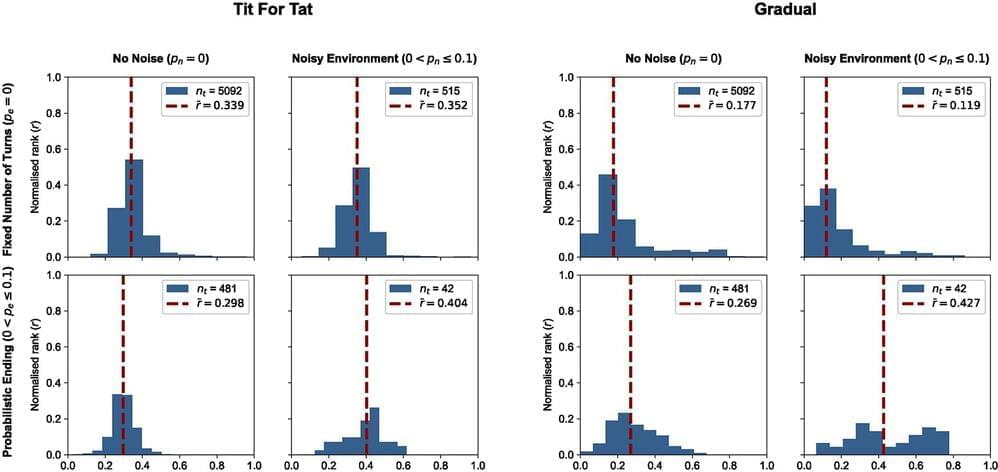
In a new study published in PLOS Computational Biology, an international research team from the Max Planck Institute for Evolutionary Biology, Cardiff University, and Google has reexamined Robert Axelrod’s groundbreaking work.
By simulating more than 195 strategies in thousands of tournaments, the study revealed that success in the Iterated Prisoner’s Dilemma depends heavily on adaptation to diverse environments. Strategies that excelled in Axelrod’s controlled scenarios often failed when faced with a wider variety of opponents. Winning strategies are not only nice and reciprocal but also clever, slightly envious, and adaptable to the surrounding conditions.
The Prisoner’s Dilemma, a classic game in game theory, presents players with the choice to cooperate or defect. Mutual cooperation results in moderate rewards for both players, while unilateral defection yields a high reward for the defector and a significant loss for the cooperator. If both players defect, they receive less than they would through mutual cooperation. This tension between individual and collective benefit has made the game a model for decision-making in economics, politics, and biology.
When a spider is spinning its web, its silk starts out as liquid and quickly turns into a solid that is, pound for pound, sturdier than steel. They manage to create these impressive materials at room temperature with biodegradable and environmentally friendly polymers. Materials scientists at Carnegie Mellon are studying these processes to better understand the ways biological systems manipulate polymers, and how we can borrow their techniques to improve industrial plastic processing.
One unique quality of polymers is that their molecules can have different shapes or “architectures,” and these shapes can have a big impact on their material properties and recyclability. Polymer chains can form molecular strings, mesh-like networks, or even closed rings.
A new discovery about how ring-shaped polymers behave offers the potential to enable new ways for polymer scientists to design more sustainable materials. A team of researchers from Carnegie Mellon, Sandia National Laboratories, and the University of Illinois at Urbana-Champaign (UIUC) has conducted the largest simulation to date on this type of polymer and confirmed theoretical predictions, finding that the ring polymers spontaneously solidify into glass when their chains become sufficiently long.